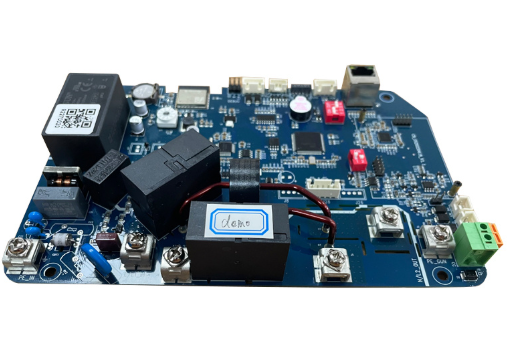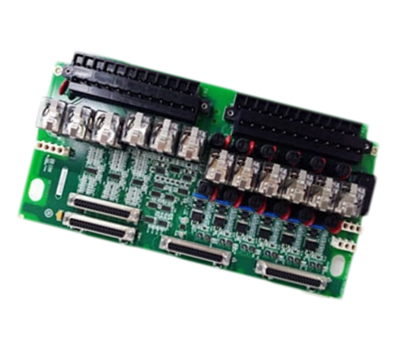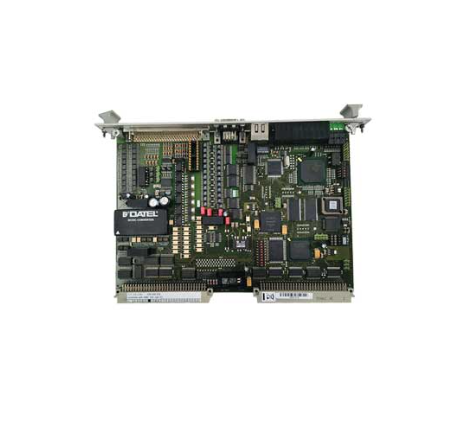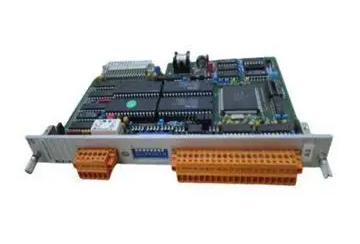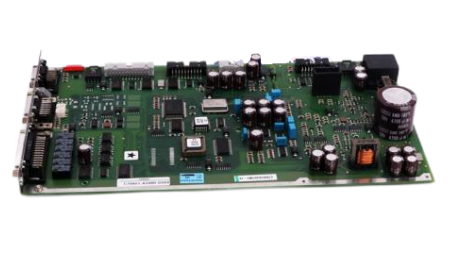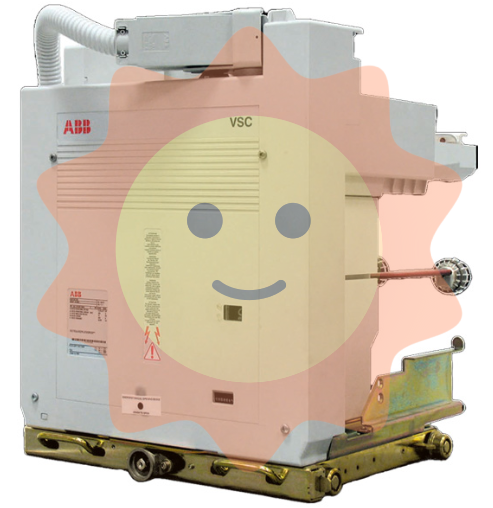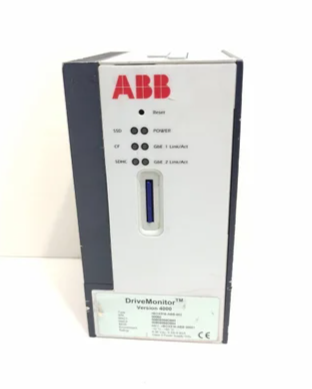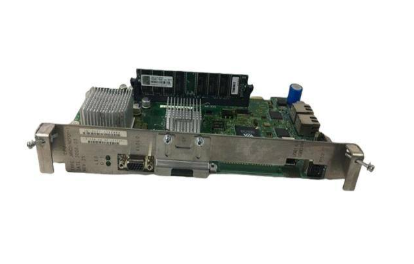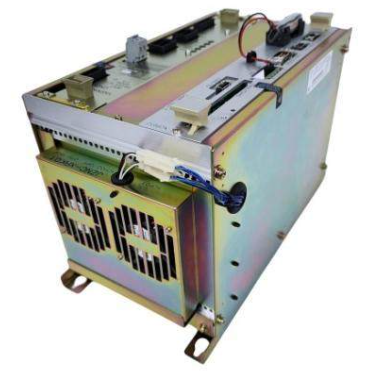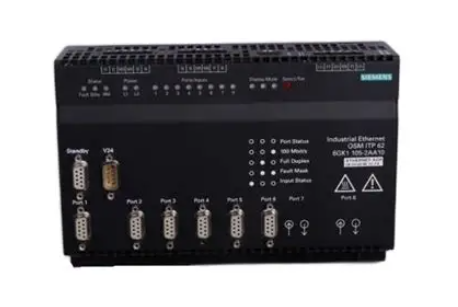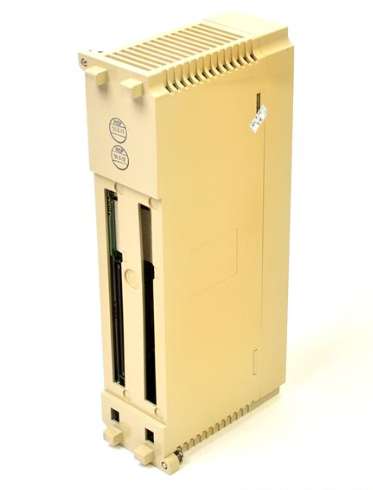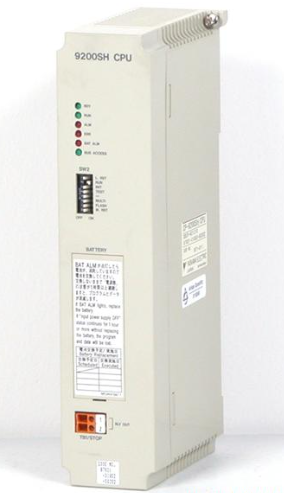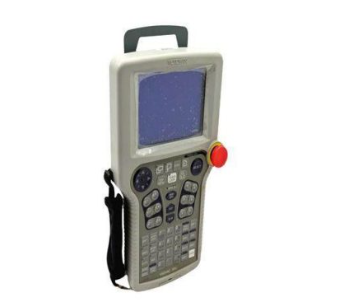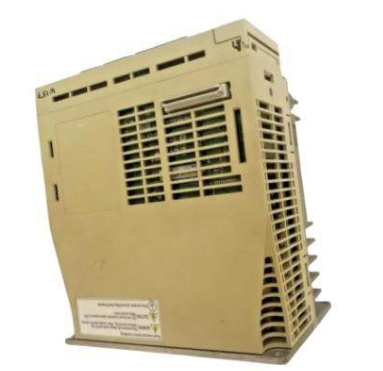ABB General information International motor efficiency standards and regulations
ABB General information International motor efficiency standards and regulations
A worldwide energy classification system for low-voltage three-phase asynchronous motors has existed since the validation of IEC 60034-30:2008 and its improved version IEC 60034-30-1:2014. These International Standards were developed to improve the harmonisation of global energy efficiency regulations and to include motors used in explosive atmospheres.
IEC 60034-30-1:2014 defines the International Efficiency (IE) classes for single-speed, three-phase, 50 Hz and 60 Hz asynchronous motors.The efficiency classes defined in IEC 60034-30-1 are based on the test methods specified in IEC 60034-2-1:2014. These two standards are part of an effort to harmonise motor test procedures with the CSA 390-10 and IEEE 112 standards, as well as with energy efficiency and product labelling (IE) requirements, in order to make it easy for global motor buyers to identify efficient products.
In order to increase market transparency, IEC 60034-30-1 states that both the efficiency class and the efficiency value must be displayed on the motor rating nameplate and in the product documentation. Since different methods produce different results, the documentation must clearly state the energy efficiency test method used.
Minimum energy efficiency standards
Although the IEC, as the International Organisation for Standardisation, sets guidelines for motor testing and energy efficiency ratings, the organisation does not regulate national energy efficiency levels. The biggest drivers for mandatory Minimum Energy Performance Standards (MEPS) levels for electric motors are global climate change, government targets to curb carbon dioxide emissions, and the growing demand for electricity, especially in developing countries. The entire value chain, from manufacturer to end-user, must be aware of the regulations in order to meet local requirements, save energy and reduce carbon footprints.
Harmonised global standards and the increasing adoption of MEPS around the world are good news for all of us. However, it is important to remember that harmonisation is an ongoing process. While MEPS are already in force in a number of regions and countries, they are still evolving and vary in scope and requirements. At the same time, more and more countries are planning to adopt their own MEPS regulations. The current and upcoming MEPS regulations around the world can be found on the world map above.
IEC 60034-30-1:2014
This standard defines four International Efficiency (IE) classes for single-speed motors designed to operate at sinusoidal voltage according to IEC 60034-1 or IEC 60079-0 (explosive atmospheres).
- IE4 = Ultra High Efficiency
- IE3 = Advanced Efficiency, same as the table in US 10CFR431 (‘NEMA Premium’) and CSA C390-10:2015 for 60 Hz
- IE2 = High Efficiency
- IE1 = Standard Efficiency
The power range of IEC 60034-30-1 is from 0.12 kW to 1000 kW. Most motors of different technical constructions are covered as long as they are rated for direct on-line operation. The standard covers
- Single-speed motors (single-phase and three-phase), 50 Hz and 60 Hz
- 2-, 4-, 6- and 8-pole motors
- Rated output power PN from 0.12 kW to 1000 kW
- Rated voltage UN from 50 V and above to 1 kV
- Motors can be operated continuously at rated power without temperature rise exceeding the specified insulation temperature class
- motors labelled for ambient temperatures between -20 °C and +60 °C
- Motors labelled for altitudes up to 4000 m above sea level
A comparison of IEC 60034-30-1 with CSA C390-10:2015 and ‘10CFR431 Subpart B - Motors’ shows that the efficiency limits and tables are identical, the main difference being the range of output power, which for CSA and 10CFR431 is max. 500 hp. There are also some minor differences in the range of excluded motors.
Note: CFR refers to the Code of Federal Regulations.
IEC 60034-30-1 excludes the following motors:
- Single-speed motors or multi-speed motors with 10 or more poles
- Motors that are fully integrated into the machine (e.g. pumps, fans or compressors) and cannot be tested separately from the machine
ABB and efficiency standards
ABB determines efficiency values according to the IEC 60034-2-1 standard using the low uncertainty method (i.e. the loss aggregation method) and additional load losses by the residual loss method. It should be mentioned and emphasised that the IEC 60034-2-1 test method is known as the indirect method and is technically equivalent to the test methods in the CSA 390-10 and IEEE 112 Method B standards for deriving equivalent loss and efficiency values.ABB can use both test methods and will be using them in Canada and the USA as IEC 60034-2-1 is not yet recognised.

- EMERSON
- Honeywell
- CTI
- Rolls-Royce
- General Electric
- Woodward
- Yaskawa
- xYCOM
- Motorola
- Siemens
- Rockwell
- ABB
- B&R
- HIMA
- Construction site
- electricity
- Automobile market
- PLC
- DCS
- Motor drivers
- VSD
- Implications
- cement
- CO2
- CEM
- methane
- Artificial intelligence
- Titanic
- Solar energy
- Hydrogen fuel cell
- Hydrogen and fuel cells
- Hydrogen and oxygen fuel cells
- tyre
- Chemical fiber
- dynamo
- corpuscle
- Pulp and paper
- printing
- fossil
- FANUC
- Food and beverage
- Life science
- Sewage treatment
- Personal care
- electricity
- boats
- infrastructure
- Automobile industry
- metallurgy
- Nuclear power generation
- Geothermal power generation
- Water and wastewater
- Infrastructure construction
- Mine hazard
- steel
- papermaking
- Natural gas industry
- Infrastructure construction
- Power and energy
- Rubber and plastic
- Renewable energy
- pharmacy
- mining
- Plastic industry
- Schneider
- Kongsberg
- NI
- Wind energy
- International petroleum
- International new energy network
- gas
- WATLOW
- ProSoft
- SEW
- wind
- ADVANCED
- Reliance
- YOKOGAWA
- TRICONEX
- FOXBORO
- METSO
- MAN
- Advantest
- ADVANCED
- ALSTOM
- Control Wave
- AB
- AMAT
- STUDER
- KONGSBERG
- MOTOROLA
- DANAHER MOTION
- Bently
- Galil
- EATON
- MOLEX
- Triconex
- DEIF
- B&W
- ZYGO
- Aerotech
- DANFOSS
- KOLLMORGEN
- Beijer
- Endress+Hauser
- MOOG
- KB
- Moxa
- Rexroth
- YAMAHA
- Johnson
- Westinghouse
- WAGO
- TOSHIBA
- TEKTRONIX
- BENDER
- BMCM
- SMC


Email:wang@kongjiangauto.com

